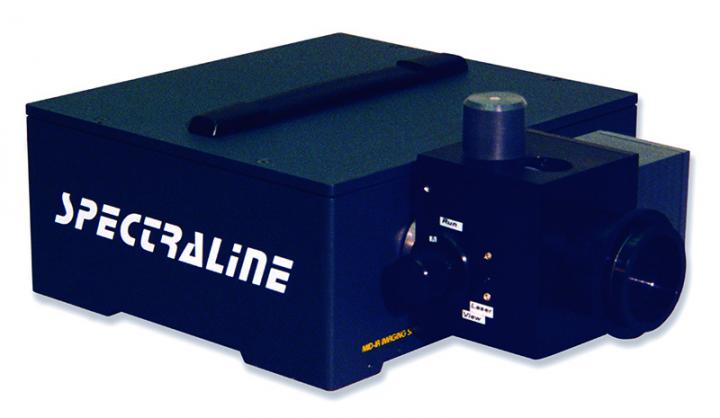WEST LAFAYETTE, Ind. — En’Urga Inc., which develops and commercializes innovative diagnostic equipment for use in the manufacturing, research and consumer arenas, has received a six-month, SBIR Phase I grant from NASA. The $125,000 grant will be used to design and evaluate a hyperspectral imager, a diagnostic tool to be used at ground test facilities at NASA’s John C. Stennis Space Center in Hancock County, Mississippi.
The primary commercial application of the hyperspectral imager will be to obtain validation data from the plumes of all types of propulsion devices. The data are required to develop advanced propulsion systems, aero engines and associated technologies. Potential customers include aerospace propulsion and aircraft engine organizations in the military and commercial sectors as well as university research laboratories.
The hyperspectral imager addresses several challenges that traditional tools cannot overcome. Deepa Divakaran, business manager at En’Urga, said many advanced propulsion systems are tested at facilities where the exhaust temperatures from the plumes can be very high. Intrusive probes and thermal radiation sensors do not provide spatially and temporally resolved structure information in these flows.
“At the same time, newer rocket and aircraft engines must meet higher thrust-to-weight ratios and improve efficiency, with lower pollutants. Newer propulsion systems also have to achieve higher Mach numbers, often approaching limits of sustainable combustion,” Divakaran said. “These key factors have opened a window of opportunity for the development of a hyperspectral imager that can provide planar spatially resolved temperatures and gas concentrations in turbulent reacting flows.”
Yudaya Sivathanu, technical director at En’Urga, is the primary investigator of the research. He said three tasks will be completed through the Phase I work.
“The first is to design and integrate a breadboard version of the hyperspectral imager to measure path-integrated emission in the mid-infrared region from reacting flows. The second is to develop an algorithm to obtain spatially and temporally resolved gas concentrations and temperatures from the measurements. The third is to evaluate the system using laboratory-scale experiments.”
Phase I experiments will be carried out at the Maurice J. Zucrow Laboratories at Purdue University under the guidance of Jay P. Gore, the Reilly University Chair Professor of Mechanical Engineering at Purdue. Gore will also be a member of En’Urga’s I Corps team.
“As an industry mentor, Gore’s guidance and expertise will be crucial in setting up initial customer contacts as well as fine-tune the prototype product to the needs of the aerospace industry,” Divakaran said.
Gore said the Zucrow Labs and Purdue University are the optimal location to conduct the research under the NASA grant.
“We are probably the best-recognized group in infrared sensing and diagnostics, a part of the hyper spectrum that is of key interest to NASA,” Gore said. “Further, En’Urga and Purdue have partnered over two decades in educating our students while serving sponsors like NASA.”
Sivathanu said En’Urga anticipates that the feasibility of using a hyperspectral imager will be demonstrated conclusively at the end of the Phase I project.
“For Phase II work, a prototype system will be fabricated and delivered to NASA for use in the ground test facilities at the Stennis Space Center,” Sivathanu said.
The work for NASA builds directly upon En’Urga’s experience in marketing industrial process tomography.
“We have commercialized four high-cost, low-volume products that utilize tomography to provide non-intrusive data on industrial processes: an optical patternator, a planar drop sizer, an X-ray flow meter and high-speed spectrometer. All four products utilize tomography to provide non-intrusive data on industrial processes. It is an honor to use our experience in this work for NASA,” Divakaran said.
###
En’Urga is headquartered at the Purdue Research Park of West Lafayette. Gore and Sivathanu co-founded the company.
Writer: Steve Martin, [email protected]
Media Contact
Steve Martin
[email protected]
Original Source
https:/





